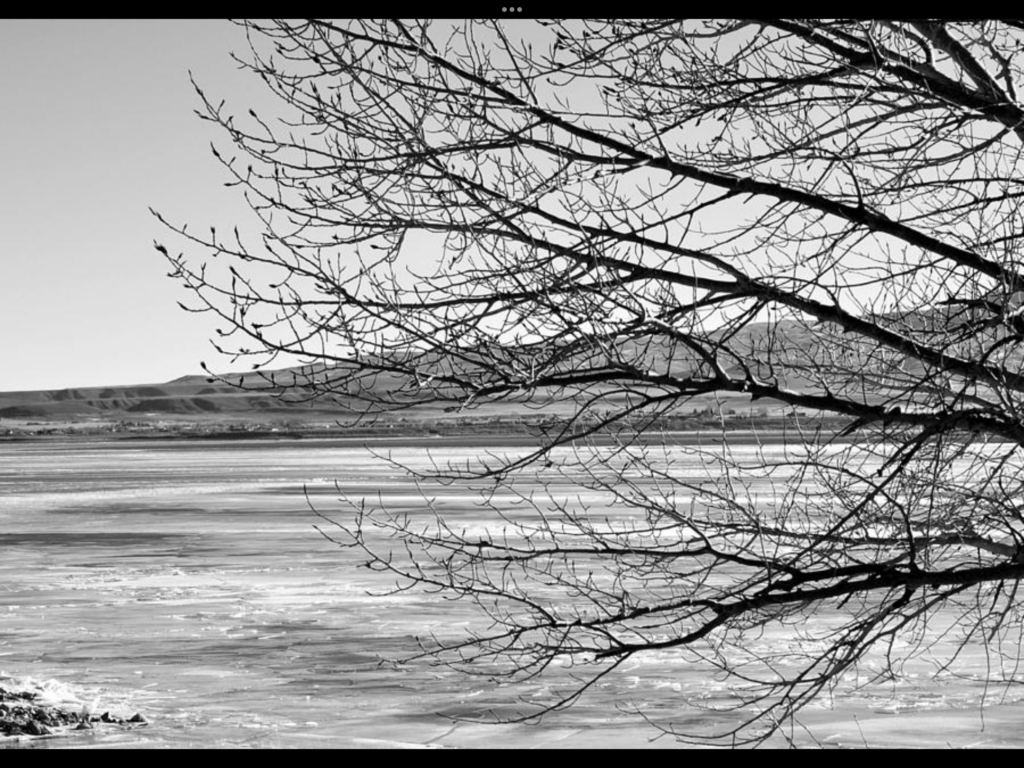
While rainforests are vital, it’s the ocean that produces over half of the world’s oxygen. Marine plants like plankton and algae are the unsung heroes of our breathable air.
Stomach Acid vs. Metal
The human stomach contains acid potent enough to dissolve razor blades. Its pH level ranges from 1 to 3, showcasing its incredible strength.
Bananas: The Radioactive Fruit
Bananas contain potassium, and since potassium decays, that makes the yellow fruit slightly radioactive. But don’t worry—you’d need to eat ten million bananas in one sitting to die of banana-induced radiation poisoning.
Animals with Internal GPS
Some animals, like sea turtles and salmon, have the ability to sense the Earth’s magnetic field and use this sense for navigation.
Laughing Rats
Rats have the ability to “laugh” when tickled.
Earth’s Magnetic Shield
The Earth’s inner core, a sphere of solid iron, generates electrical currents due to temperature and density variations. Combined with the planet’s spin, this creates a magnetic field that protects us from harmful solar radiation.
The Moon’s Perfect Fit
The Sun is 400 times larger than the Moon, but also 400 times as far away, making both objects appear to be the same size in our sky.
The Ocean’s Depths Remain a Mystery
Despite advances in technology, more than 80% of the Earth’s oceans remain unexplored and unmapped, holding mysteries yet to be discovered.


